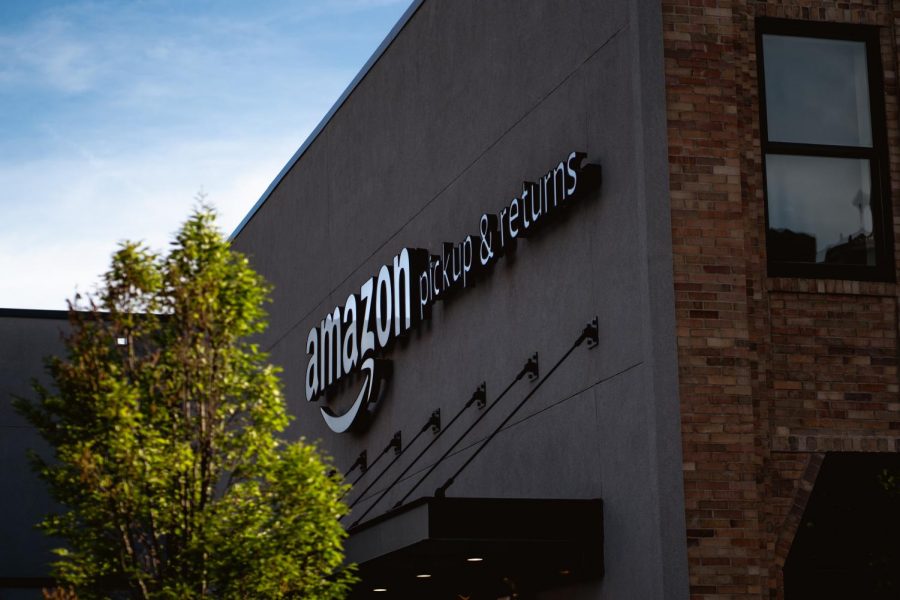Forgotten on the Frontline – Amazon Workers
April 15, 2020
The e-commerce company has amassed much scrutiny for inhumane treatment of warehouse workers. Extensive technology monitors workers for any slow-downs, or “time off task”, which includes water or bathroom breaks, or someone working slower than an algorithm predicts they should. The psychological stress, on top of the physical, can be immense; though many low-wage service jobs are this way, and Amazon is not the worst company in this sector. Amazon continues to contend with its public image over worker treatment. In the midst of the Coronavirus pandemic, however, Amazon appears to be stepping in a proactive and protective direction.
One notable objective Amazon is working towards is setting up capacity for extensive COVID-19 testing of all employees. Currently, they are taking the temperature of employees before they begin their shift, and sending home anyone with a fever. These workers can return after 3 days without a fever. In response to public dissent, Amazon agreed to pay up to five hours of wages to these workers who are turned away. Workers who are tested and diagnosed with the Coronavirus, or those who are placed in quarantine, will receive two weeks paid leave.
However, many struggle to get paid leave because of administrative red-tape and shortages in COVID-19 tests. Those who simply feel unsafe are allowed unpaid time off until the end of April; but for many employees, going without a paycheck is not an option. Many of Amazon’s 400,000 workers are still on the job. Many do not feel safe.
In one warehouse in Eastvale, California, three workers had tested positive. The warehouse workers were only notified of the third case five days after it was reported in the Times, potentially endangering 3000 workers. Complaints from workers allege that operations were not stopped to clean the facility after the cases emerged, and that social distancing was difficult or impossible.
At several facilities across the country, workers have been protesting the conditions under which they continue to work. Demands for more protective equipment, warehouse cleanliness, and worker’s rights in general have become louder in the wake of a dramatic surge in online purchases. Several employees participating in the protests have been fired. Worker’s rights organizations attribute this to Amazon trying to keep a lid on criticisms of the company’s labor practices. Amazon claims it was not tolerating violations of social distancing, in the form of groups gathered to protest.
Amazon is offering overtime workers double pay, which is both a financial support for its workers, and leverage to keep them working, despite the potential hazards. Low-wage workers across industries are seeing this as a moment where suddenly, they are a valued “essential” worker, even though they struggle for protections and dignity under normal circumstances.
To some, this is an opportunity to advocate for better wages and working conditions, because right now our country is supported by these low-wage workers who are still providing public services. The issue that many overlook as they applaud these workers is that they did not opt to work in the middle of a viral pandemic. They did not want to choose between potentially contracting a virus, and keeping a stable paycheck coming. Right now, as many watch the world from home, the plight of low-income laborers must finally come to public light.



